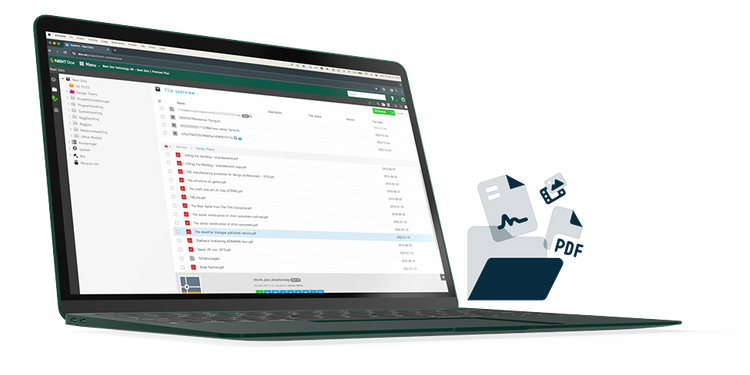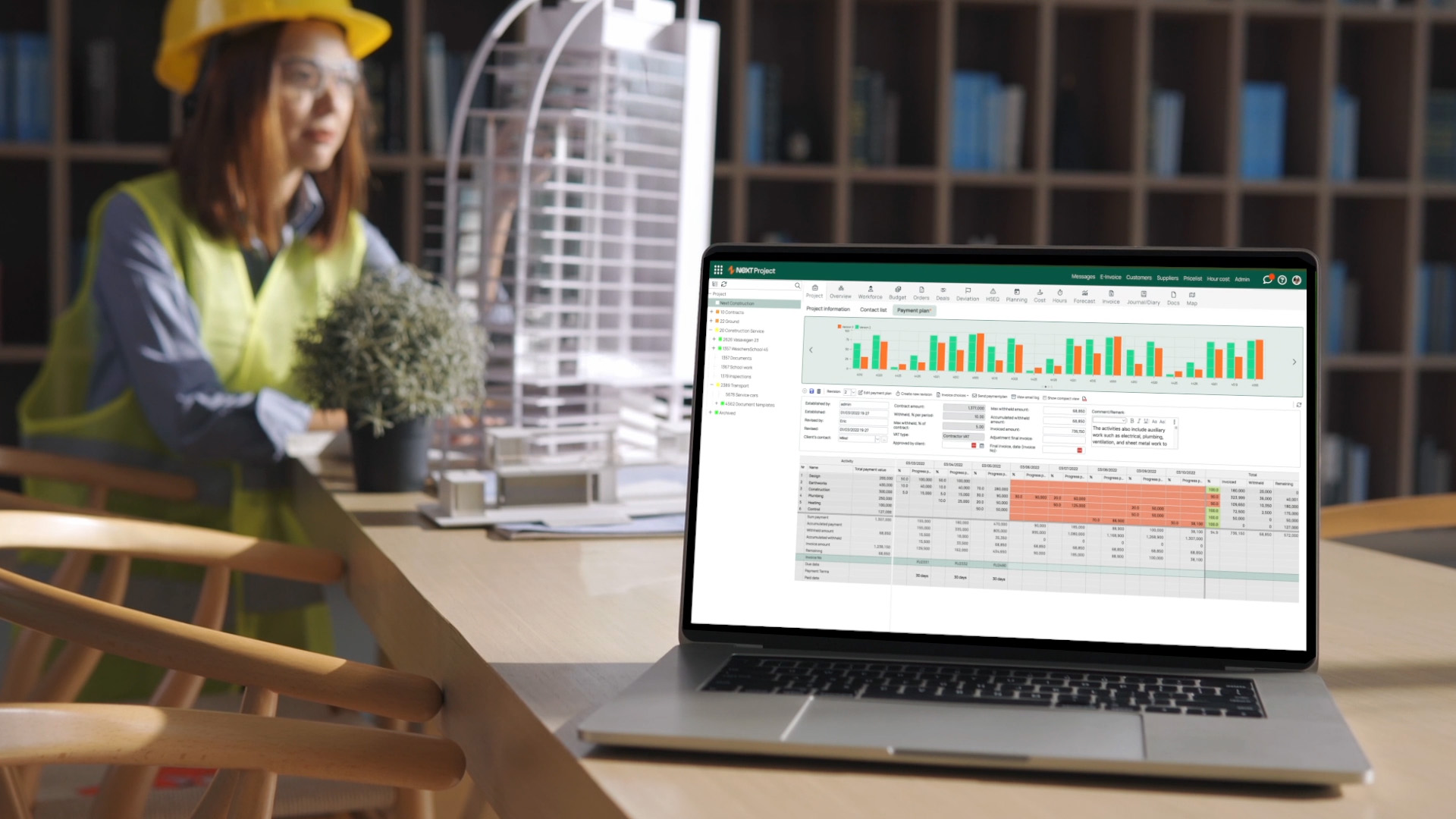*Sponsored content from Next Tech.

In the fast-paced world of construction, the efficient allocation of time and resources is not just a target but a necessity. The industry, notorious for its tight margins and high-risk projects, frequently grapples with the spectre of wasted time, squandered resources, and lost revenue. This prevailing issue can often be attributed to a few critical factors: siloed data, misaligned objectives, miscommunication, and inconsistent record-keeping. By identifying and addressing the most significant sources of project waste, we can move towards a more streamlined and profitable construction process.
Data sharing

Data is the lifeblood of any construction project. From the initial design drafts to the final inspection checklists, the flow of information is constant. However, all too often, this flow is impeded by the barriers between different data ecosystems. Each application used in a project often creates its own data silo, leading to significant time spent on importing and exporting data, deciphering different formats, and reconciling discrepancies.
Think about the ubiquitous use of Microsoft Office in business. Its standardisation across industries means we rarely, if ever, worry about compatibility when we receive an attachment. This universal nature ensures seamless communication and documentation. A lesson can be learned here for the construction sector. Rather than toggling between multiple applications – each with its own data formatting – wouldn’t it be more efficient to find one application that bridges the gap, one that integrates seamlessly across various facets of construction management?
Adopting a standardised, all-encompassing app does not mean sacrificing specialisation. Instead, it allows all stakeholders to access the same information in real-time, fostering better decision-making and more efficient project management. By saying no to time wasted on data wrangling, we can say yes to a streamlined workflow that enhances productivity.
Transparency

At the core of many construction project woes is a lack of transparency. Repeat tasks, unhappy clients, missing documentation, and overlooked objectives are symptoms of this underlying problem. These issues often cause a ripple effect, leading to time-consuming and costly rectifications down the line.
To mitigate these risks, transparency must be at the forefront of project management. An app that grants all stakeholders a transparent view into the project can be a game-changer. When everyone from the project manager to the subcontractor has a clear understanding of the project goals, timelines, and responsibilities, the potential for misunderstandings diminishes greatly.
Consider the advantages of a dashboard that provides real-time updates on project status, alerts for upcoming deadlines, and a repository for all documentation. With such tools, the entire team can stay informed and aligned with the project’s objectives. This level of oversight not only curbs the incidence of errors but also promotes accountability. Less time spent correcting issues means more time devoted to enhancing efficiency and ensuring the project's success.
In conclusion, by addressing the challenges of data sharing and transparency, the construction industry can substantially reduce waste and improve its bottom line. Implementing a unified app that streamlines data and promotes a transparent project environment is not a mere convenience; it's a strategic imperative. As we advance technologically, it's crucial for construction professionals to embrace solutions that not only tackle current inefficiencies but also pave the way for a more resilient and agile industry. The construction site of the future is not just bricks and mortar; it's data and transparency.
Find out how much waste your business can save.
*Disclaimer: This blog post is sponsored content, which is independent of the FMB. Publication does not constitute endorsement or recommendation from the FMB.






